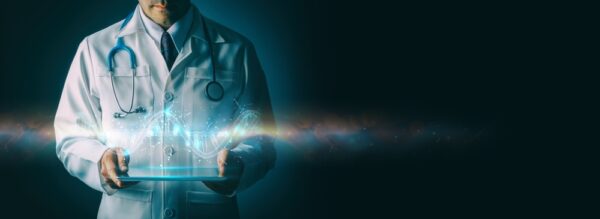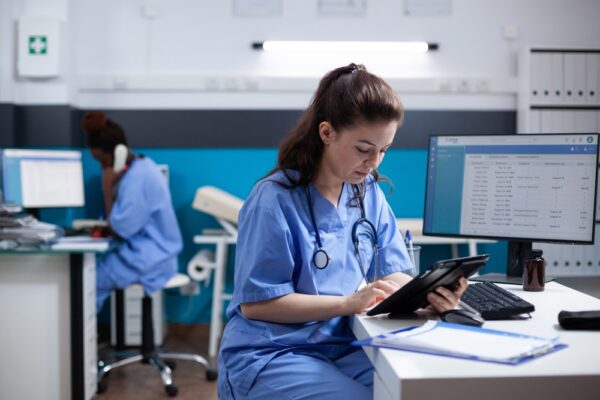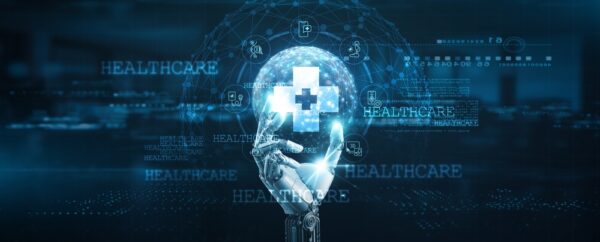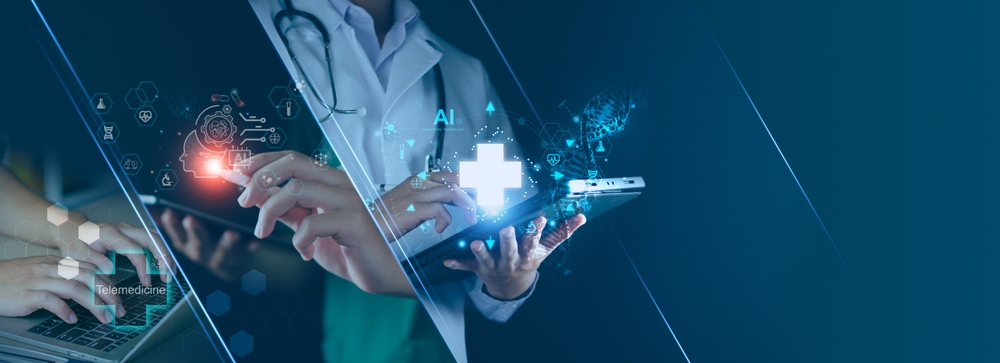Healthcare is an ever-evolving landscape that faces an array of challenges. As the United States and many other advanced economies experience an aging population, the demand for quality healthcare will continue to increase, placing additional strain on a system already under pressure. In this context, increasing operational efficiency and finding ways to reduce costs will be essential for continued success. The latest technological innovations have the potential to play a leading role in mitigating the most pressing operational challenges in the healthcare sector.
The Increasing Demand for Operational Efficiency
Hospital systems face an urgent need to increase efficiency without sacrificing their ability to deliver high-quality care. Along with an aging population, increasing costs and greater prevalence of chronic diseases highlight the need for innovative solutions, and recent advancements in technology carry the potential to be transformative in healthcare operations.

Machine Learning and Artificial Intelligence
Machine learning and artificial intelligence (AI) are established tools that have been leveraged in medical and science research for years, but they are now increasingly contributing to daily hospital and medical center operations. These technologies can help automate administrative tasks, enhance decision-making, and provide predictive analytics. Tools and programs powered by AI can help improve allocation of resources, predict admission of patients, and optimize staffing allocation.
Predictive analytics can help forecast times in which a large influx of patients could place strain on healthcare operations, allowing for leadership to ensure that staff and resources are prepared ahead of time. AI chatbots can handle most routine patient questions as well, freeing up staff to focus on more complex tasks. According to a study that was published in the Journal of Medical Internet Research, users of AI chatbots reported largely positive usability and satisfaction, suggesting that they may be able to significantly reduce administrative burden for hospitals and medical centers.
Blockchain for Interoperability and Data Security
Blockchain offers a method for managing patient data in a way that is both secure and transparent, as well as improvements in interoperability between healthcare systems and data integrity. It can ensure that patient electronic health records (EHRs) are up-to-date and prevent potential data breaches. Blockchain also streamlines the sharing of these records across different care providers without compromising security. A Deloitte report suggests that blockchain could play a major role in improving data integrity, thereby mitigating healthcare data breaches.

Remote Patient Monitoring and Telemedicine
During the height of the COVID-19 pandemic, remote patient monitoring and telemedicine technologies were widely adopted and took on a major role in patient care. While these methods had existed previously, the pandemic led to more rapid advancements in how health systems incorporated these approaches. Today, these resources help reduce the burden on health facilities while improving access to care, particularly in remote areas.
Telemedicine reduces the need for in-person visitation and reduces the risk of infections for vulnerable patients. Meanwhile, remote patient monitoring devices mean that doctors can monitor a patient’s vitals in real time, allowing for more timely interventions when issues arise. A study from the American Telemedicine Association found that telehealth could contribute to improved outcomes for patients, which could reduce hospital readmissions and associated costs.
Robotic Process Automation
Robotic Process Automation (RPA) is beginning to make a major contribution to healthcare system administration, such as claims processing, patient registration, and billing. Automation of these repetitive tasks, which would otherwise consume the time of multiple human staff members, cuts down on clerical errors and frees up more staff to focus on caring for patients. RPA systems can verify insurance eligibility automatically and generate invoices. RPA has the potential to significantly reduce costs in healthcare settings.

Internet of Things (IoT) and Medical Device Advancements
The field of medical device technology has also been making advancements in leaps and bounds, allowing for greater automation and improvements in operational and procedure success; this has resulted in improved outcomes, safety, satisfaction, and quality of life for patients. AI-powered ultrasound devices are enabling precision for procedures that once entailed more significant risk and relied primarily on the skill and experience of the physician.
Meanwhile, the Internet of Things (IoT) concept is also developing a healthcare ecosystem in which medical devices throughout the facility are connected. Devices are able to share data and communicate effortlessly. Examples include wearable health monitors and smart sensors that can deliver real-time data and improve care and operational efficiency.
Smart sensors are capable of optimizing energy usage, tracking equipment activity, and monitoring hospital environments. Wearable monitors can provide critical data that can help physicians develop personalized treatment plans and keep an eye on patients’ vital signs. A report from MarketsandMarkets projects that the IoT market for healthcare could be valued at $289.2 billion in 2028.
Under ever-increasing demand, healthcare facilities, hospitals, and their leaders are facing operational hurdles that will require a multifaceted approach in order to address them. The adoption of the latest tech advances will play a critical role in this approach, offering the potential to reduce costs, improve outcomes for patients, and enhance operational efficiency.
It is paramount for healthcare leadership to stay informed on the latest innovations and determine how they can be incorporated into their operations. In our rapidly changing world, the future of healthcare will rely on the strategic adoption of technology to fulfill the ever-increasing demands of the modern healthcare environment.
